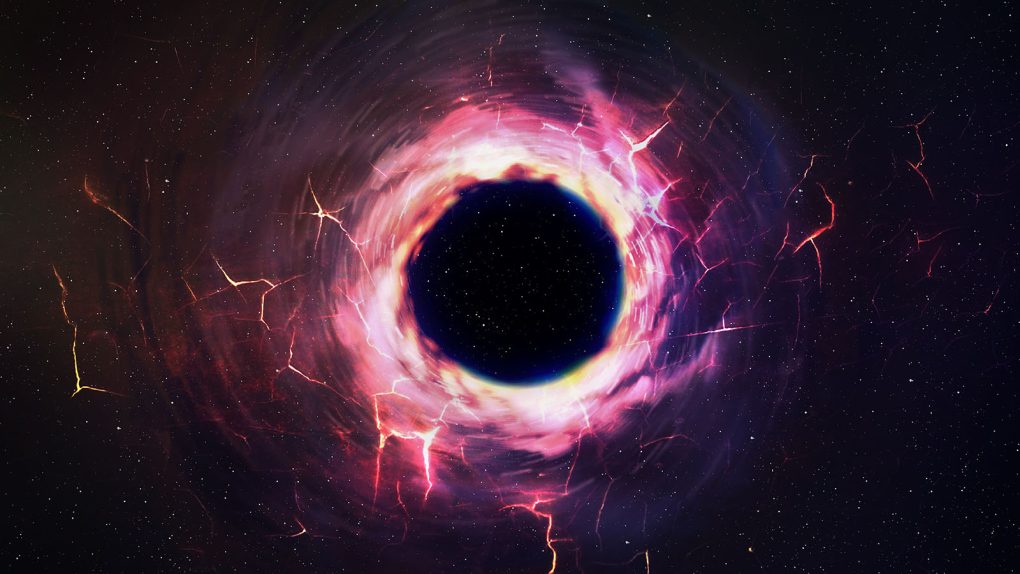Astronomers have discovered what very well may be Earth’s closest black hole. Dubbed Gaia BH1, the dormant black hole weighs around 10 times the mass of the Sun. It’s also located just 1,600 light-years away from Earth. This makes it three times closer to our planet than the previous holder of this title.
The discovery was made by astronomers who were observing the black hole’s companion, a Sun-like star that orbits the black hole at roughly the same distance the Earth orbits our Sun. Another contender for this title of Earth’s closest black hole was a system previously known as HR6819. This other system was believed to have a black hole, however, astronomers proved that wasn’t the case later on.
The first clue that this system might house Earth’s closest black hole came during the analysis of data from the European Space Agency’s Gaia spacecraft. Data showed that a star’s motion was showcasing irregularities caused by gravity from an unseen massive object, a press release explains. This unseen object is the newly discovered black hole.

From that first analysis, the astronomers planned 39 additional observations of the system over the course of six four months using six different telescopes around the world. The researchers published a paper on the discovery of the newest black hole believed to be the closest to Earth in the journal Monthly Notices of the Royal Astronomical Society.
In the paper, the authors explain how they came to the conclusion that a black hole must exist within that system, and even how they have dived further into that conclusion using data gathered across multiple observations. Similar to data collected during James Webb’s scientific missions, the data provided here could help prove more than just the existence of Earth’s closest black hole.
It could also teach us more about the systems and parts of space that surround our own, especially those in close proximity to the Milky Way galaxy. And, because a black hole is believed to reside here, it could also teach us more about these cosmic entities, why some – like this one – are dormant, and why others continue to feed off the cosmic energy around them.








